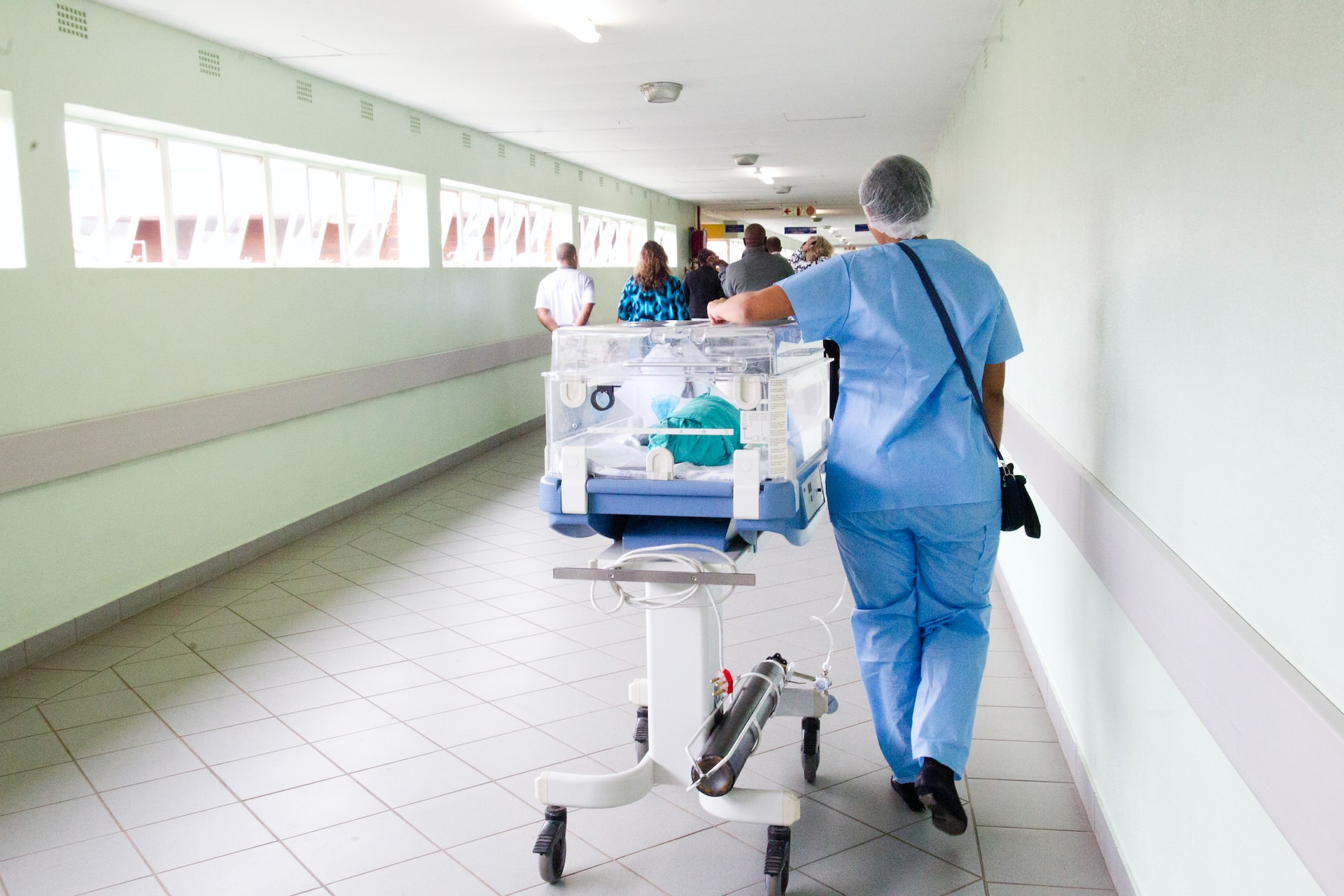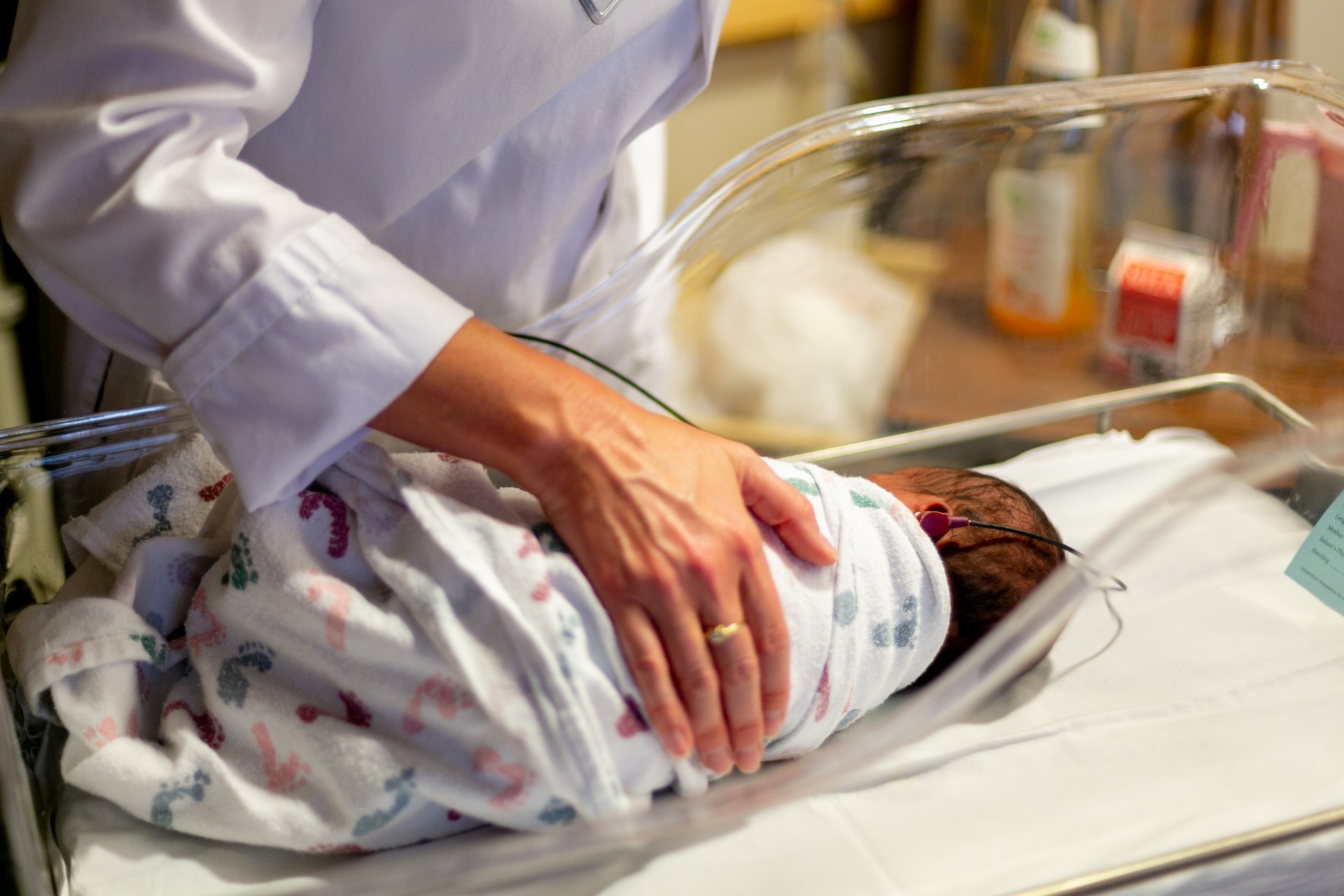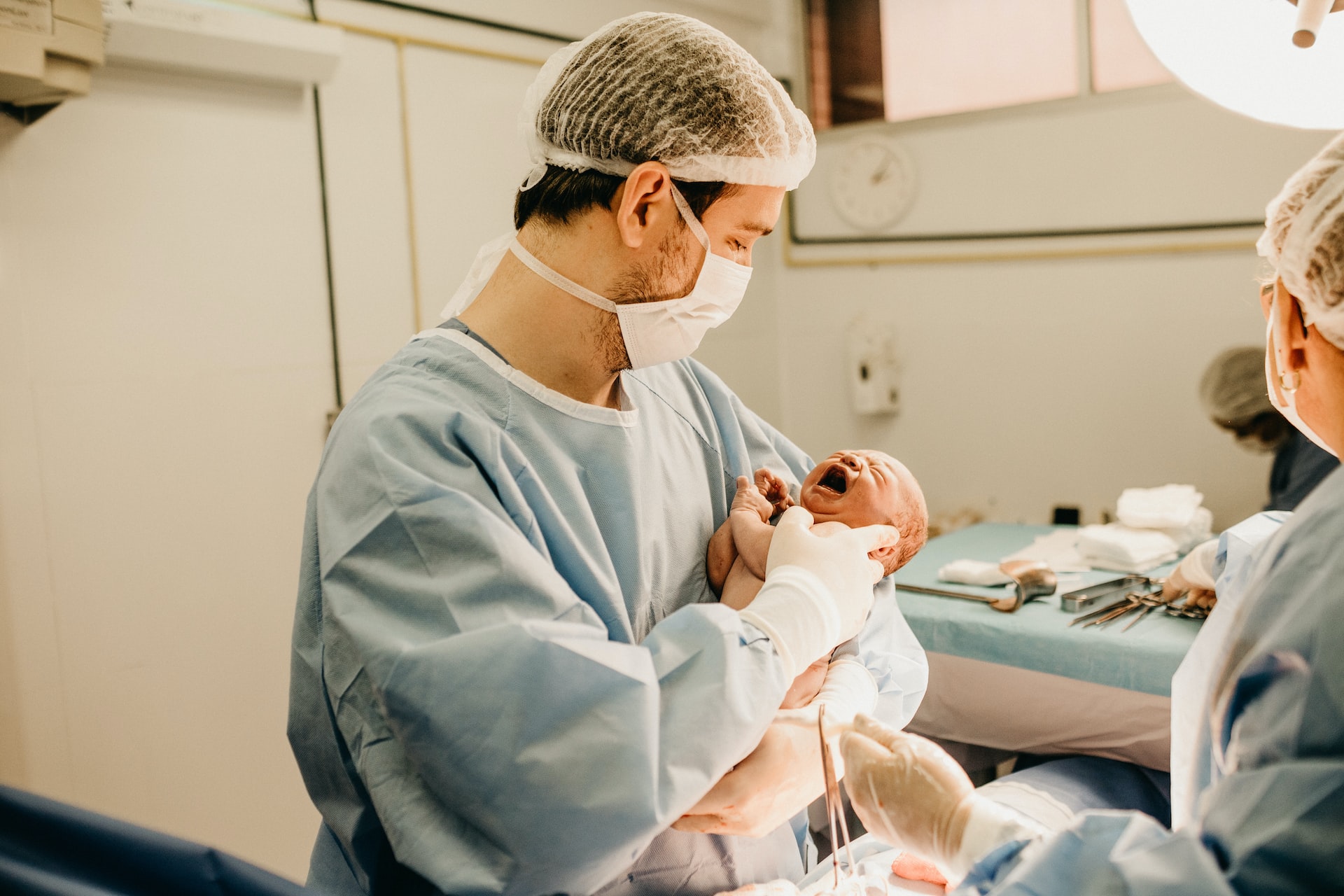By Eddie Jones, partner and head of medical negligence, JMW Solicitors
As a parent, there is nothing more important than ensuring that your children are healthy and happy at every stage of their development.
Sadly, in some cases, the circumstances of a child’s birth can leave them with health problems that persist for many years, if not for the rest of their lives.
Cerebral palsy is one of the most serious conditions affecting children’s development, and can have wide-ranging repercussions on all aspects of the child’s life.
The impact of cerebral palsy on the developing brain can affect both their physical and mental capabilities in serious ways, potentially leading to lifelong disability.
As such, it is essential that parents take time to educate themselves on how to spot the signs and symptoms of cerebral palsy in babies, as well as make themselves aware of the factors that contribute to causing the condition, and what they should do if their child is affected.

What is cerebral palsy, and what causes it?
Cerebral palsy is actually an umbrella term used to describe a group of related conditions that occur as a result of brain damage during or just after a child’s birth, or abnormal brain development in the womb.
Cerebral palsy has a number of potential causes, including:
- Bleeding in the baby’s brain, or a lack of blood and oxygen supply to the brain during birth
- Infections affecting the mother during pregnancy
- Meningitis
- A serious head injury sustained during infancy
Some children are likely to be more susceptible to cerebral palsy than others, including babies born prematurely – particularly those born before 32 weeks – as well as those with a low birth weight, and those who are born as part of a multiple birth, such as a twin or triplet.
No matter the specific cause, cerebral palsy will usually manifest in similar ways, as the child will develop problems with their motor functions, balance and coordination as they grow up, as well as other developmental delays.
Below are some of the most common conditions that develop as a result of cerebral palsy:
- Physical weakness, stiffness, and issues with muscle tone and muscle spasticity
- Irregular posture, poor balance and coordination, and a lack of fine motor skills
- Delays in reaching key developmental milestones, such as learning to sit up, stand and walk
- Difficulty swallowing
- Vision impairments
- Problems with speaking and communication
- Intellectual disabilities
Because the consequences of cerebral palsy are so serious, it is important for parents and family members to identify any potential early signs of the condition as soon as possible.
What are the main symptoms of cerebral palsy to look out for?
It is unlikely that you will be able to immediately spot symptoms of cerebral palsy in a newborn baby.
This is because the disorders related to cerebral palsy take time to develop, and will likely only become apparent during the first two or three years of their life.
If you suspect that your child could have cerebral palsy, you must look for the following signs:
- Stiff or floppy muscles
- Limited strength in the arms and legs
- Irregular and uncoordinated movement, including constant fidgeting, jerky movement, muscle spasms and hand tremors
- Walking on tiptoes
- Delays in learning to sit after eight months, or walk after 18 months
The following symptoms may also be related to the brain damage caused by cerebral palsy:
- Learning disabilities and neurological symptoms, which affect about half of children with cerebral palsy
- Difficulties with feeding and swallowing
- Constipation
- Speech difficulties
- Seizures or fits
- Reduced vision and squinting
- Hearing loss


The symptoms of cerebral palsy may manifest in different ways depending on the age of the child.
As your baby grows, you should look out for the following signs:
Infants younger than six months:
- Your baby is stiff or floppy in your arms
- The baby’s head sags downwards when picked up from lying on their back
- When held, the baby overextends their back or neck, as though pushing away from you
- The baby’s legs stiffen and become crossed when you pick them up
Infants aged between six and 10 months
- The baby does not roll over when lying down
- The baby cannot bring their hands together, or lift their hands to their mouth
- The baby tends to only reach out with one hand, keeping the other balled into a fist
For infants older than 10 months
- The baby’s crawl is lopsided and uncoordinated, dragging some of their hands or legs behind
- Instead of crawling, the baby hops on their knees or drags themselves by their hands in a seated position
Finally, you should remember that there are different forms of cerebral palsy, each with their own specific symptoms:
- Spastic cerebral palsy, which is mostly associated with muscle stiffness and tightness and the development of abnormal movements
- Dyskinetic cerebral palsy, which causes the muscles to alternate between stiffness and limpness, resulting in spasms, uncontrolled movement and abnormal muscle tone
- Ataxic cerebral palsy, which is linked to balance and coordination issues, resulting in wobbly or awkward movements and physical tremors
- Mixed cerebral palsy, which combines symptoms from multiple types of cerebral palsy at the same time
What should you do if your child is affected by cerebral palsy?
If your child is diagnosed with cerebral palsy, it is important that they receive the right treatment and support to ensure they are able to manage their symptoms and experience the best possible quality of life.
Treatment options include:
- Physiotherapy to assist their movement and muscle strength
- Speech and language therapy to help them communicate
- Occupational therapy to provide advice on how to accomplish everyday tasks, such as using the toilet
- Medications to manage physical symptoms, including stiff or tight muscles
- Mental health support to help deal with the negative feelings experienced by many children with cerebral palsy
- Educational support to ensure the child receives the accommodations they may need to succeed in education
- Surgical interventions to help restore movement to parts of the body and make walking easier
It is also important to investigate whether or not your child’s cerebral palsy was caused by medical negligence.
Errors made by a doctor, nurse, midwife or another member of hospital staff can contribute to the development of cerebral palsy in various ways, including:
- Delays in delivery
- Misuse of drugs used to speed up labour
- Failures or delays in diagnosing infections
- Errors leading to dangerously low blood sugars – hypoglycaemia
- A failure to carry out a C-section in a timely manner
If you believe that your child has developed cerebral palsy as a direct result of substandard care quality, you should speak to a specialist clinical negligence solicitor to see whether you have a case to claim for compensation.
If your case is successful, this will enable you to finance the care and support your child may require for the rest of their life.
Because there is no current cure for cerebral palsy, this is a condition that will always have life-changing consequences for children and their families.
However, by identifying the signs correctly and ensuring the right treatment and care is provided, you will give your child the best chance of living a fulfilling life.







